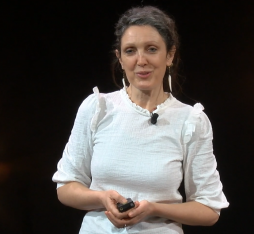“Home Activity Simulator therefore seeks to build these datasets not by using sensors in real houses, but by recreating these houses in a 3D simulation, which is less expensive and more flexible.”
To ensure that these ambient intelligence approaches perform well, data collection must take place over several weeks and is very often laborious due to the range of different environments and living situations.
Home Activity Simulator therefore seeks to build these datasets not by using sensors in real houses, but by recreating these houses in a 3D simulation, which is less expensive and more flexible. Virtual inhabitants, controlled by automatic programming techniques, undertake sequences of household activities, interacting with virtual objects and sensors. To assess how realistic, and therefore how valuable, the data obtained from these simulated interactions is, the performance of a human activity recognition system using a synthetic dataset is compared with the performance of one using a real dataset.
This tool offers great promise for researchers and experts working on intelligent system design, whether in the context of the home or for other environments.











